This is Carolside
There are ghost towns. Then there’s Carolside Alberta, a community so totally wiped off the map that it’s become lost in time. While there’s odd little hints of what was here, if one looks real close, there’s not a structure left standing nor much else. Over there in the grass it’s a depression marking where some building once stood and this way a concrete pad that belonged to another. A small berm, the long abandoned railway line, splits the town – but blink and you’ll miss it. There, it’s odd bits of wood and outlines of what we think was a street. Hard to tell. And that is it my friends.
It’s gone…the town is totally gone.
While no more, there’s still something interesting here. It was a community, once holding much promise, that today defines “forgotten”. For most ghost towns something remains, a building, a street sign, a sidewalk, but here, you’re left to your imagination and an eagle eye to uncover its secrets. No Instagram moments standing in its midst, just silence and a feeling remote and lonely.
Walk about, look down and a wee bit of a story pieces itself together, incomplete with big gaping holes and some parts only guessed at. Still, it’s something. This way was the elevator and that must have been where the store was located. And here it’s likely where a home or two stood. Main and Railway is “downtown” and a block over on 1st Avenue, it’s the burbs. Surprisingly mapping program show these long grown over streets as though they were still there.
This town, as the case with many prairie communities, owes it existence to the railway. The line through here was completed about 1920-ish, a branch heading south from a point near Hanna to the Red Deer River at a community called Stevesville. This stretch of track (commonly called the Peavine Line) was started by Canadian Northern Railways. Plans were to have it reach Medicine Hat but they never made it beyond the river even if they graded it the whole way. Around the time it was completed, it became a Canadian National Railways property, after a merger involving the Canadian Northern and some its competitors.
Major commodities moved included grain, coal and petroleum products. The line closed in the 1970s. But it didn’t matter for little dot-on-the-map Carolside, as by then it was long gone anyway.
The town thrived, modestly, in the early days. It appears there was a couple homes, a store perhaps, post office, maybe another business or two. And an elevator where locally grown grain was shipped out to market. The trains came now and then and connected Carolside to the outside world. But in very short order, the town seems to have shrivelled and died. By the 1950s, it appears only the grain elevator remained and soon after even it was gone. Even in demise the trains still passed for a time, but now there was not reason to stop. In present day, we bet no one the highway over there even knows it was here.
Carolside came and went in the blink of a eye. And while many of the other towns on this railway line fared better, most are flirting with ghost town status today. It’s a tough area to farm with many dry years and much hardship. Still, there’s remains of these other burgs left standing, unlike Carolside where there’s nada.
We stand there as we often do, in an empty field, and think about those who called the town home, or maybe lived nearby or delivered to the elevator. It’s a period movie in our heads. We kick aside a plank and find some broken pottery. We stand on the grain elevator foundation recalling a time when it was the very lifeblood for local farmers. It’s here after all the toil and sweat where one’s paycheque came.
With the closing of the elevators, farmers drove to the next town closest, Sunnynook in the north or Pollockville in the south.
By the train tracks, a few old spikes long buried, splinters of wood and what appears to be a tie-bar for connecting two rails. There’s all that’s left of the Peavine. Some raised earth by the tracks suggests the location of the train station. It would have been pretty small, an unmanned flag stop. Trains came a couple times a week in the early days, passenger accommodations being a coach tacked on the end of a slow moving grain peddler. Later it was freights only, and sporadic ones at that.
Some old line poles have been sitting out in the sun a loooong time and are cracked and bleached. They’d probably turn to dust if disturbed. There’s the odd brick, some glass shards and bits of metal underfoot. The more we walk about the more we can make out the streets. They’re just a little more packed down than the ground in between. Confirming in person what Google Maps shows, the town was two whole blocks square (well, actually rectangle). Main, Railway, 1st S, and 1st N, four streets, two blocks. A stone’s throw will get you from one end of “town” to the other.
Randomly point yourself in a direction of the compass and look across endless pasture. Save for one angle, where off in the distance down the “road in” (more a cart track), it’s the highway, that’s all there is. And some tall power lines over that way. There it is, all signs of human activity today. Carolside is remote and always has been. So many lost memories and we only scratched the surface.
Hosting us this day is a legend that needs little introduction (just don’t give him a hammer), Johnnie Bachusky. He’s the reigning Godfather of ghost-towning and is deserved of the title. As we recall, Carolside was new to him. But then again, it flies under everyone’s radar so is new to most. I doubt us writing about it will make an attraction. We’re one of those strange types who can appreciate a literal nothingness, but don’t think many others get that vibe. Well, Mr Bachusky does…yes, we’re a trio of weird misfits.
Johnnie agrees, Carolside is a sombre spot, but later this day we all visited what he’s been heard to describe as “the” saddest place on earth. We’re talking of Alderson an hour to the south, that came and went in a generation or two and which similarly almost nothing remains. It grew to be bigger than Carolside, but it too vanished completely. You’ll see a post about it sometime down the road.
We say out goodbyes and we’re off on the next adventure. It was mostly grass and pasture we saw, but all the little things seen had our minds to thinking – and damn, does it hurt – about those who came before. We honour their memory but know not their names.
Carolside was named by an early settler after their ancestral home in Scotland.
They’re saying…
”Chris and Connie explore places most of us never have heard of, let alone seen! Outstanding pictures and stories and a generous spirit in sharing. I admire their determination to tell the whole story. I love the site!” Hans Schoendorfer.
Simply fabulous…
After Hours @ Fort Steele BC – they let us stay till after dark.
A Tour of Sandon BC – it gets no better than this.
Scandia Eastern Irrigation District Museum – an awesome open air museum.
Grain Elevators of DeWinton – some oldies here.
If you wish more information on what you’ve seen here, by all means contact us!
Date of Adventure: July, 2019.
Location: Special Areas #2, AB.
Article references and thanks: Johnnie Bachusky, Books: Roads to Rose Lynn & Place names of Alberta. Volume II. Southern Alberta.
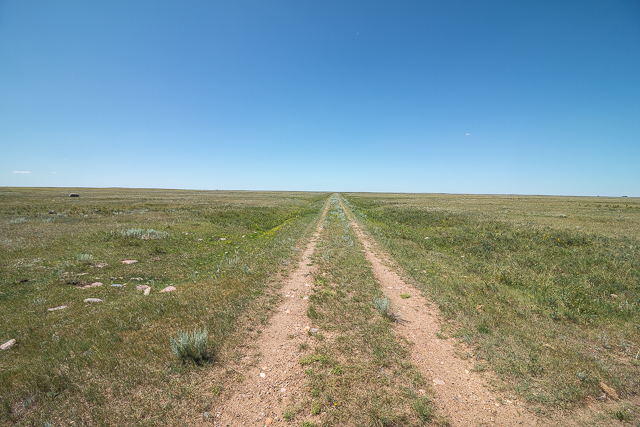
The lonely road in.
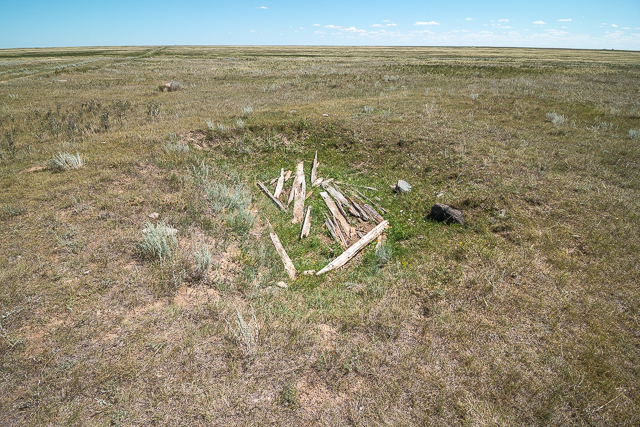
There’s depressions here & there.
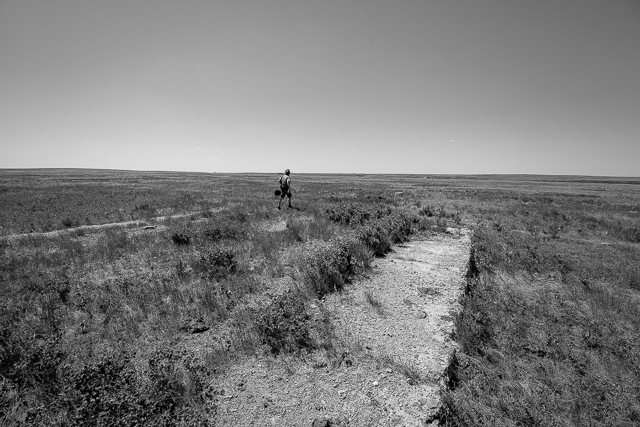
The grain elevator stood here – with Johnnie Bachusky.
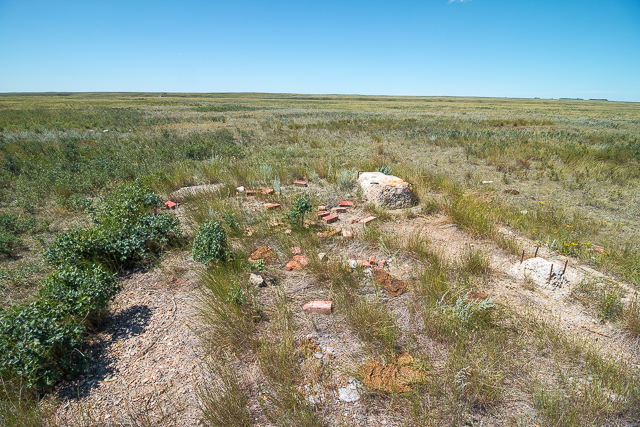
Bricks and concrete.
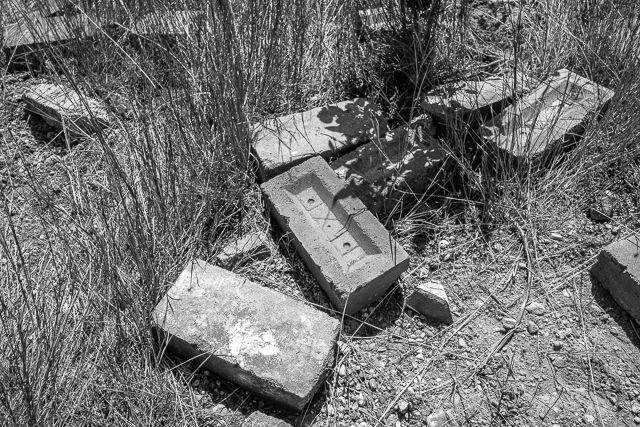
Looking down, it’s little hints of what was.
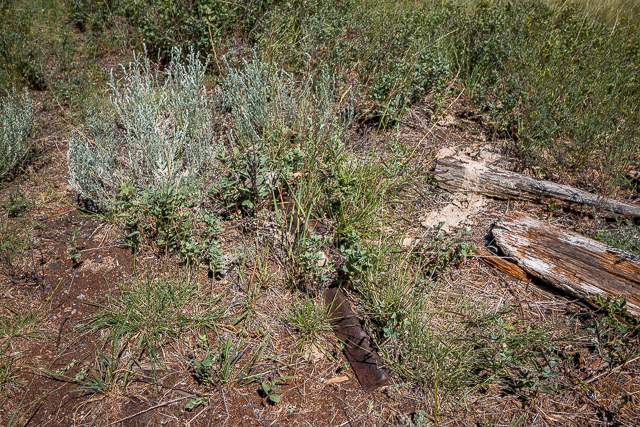
Along the rail line, a hunk of metal.
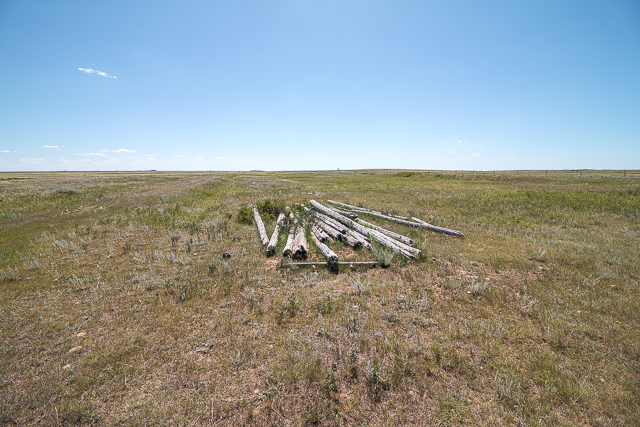
Old line poles next to the abandoned railway.
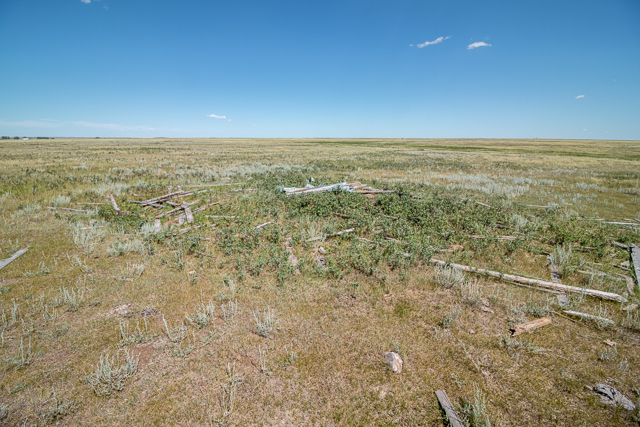
Weathered planks hint of a building location.
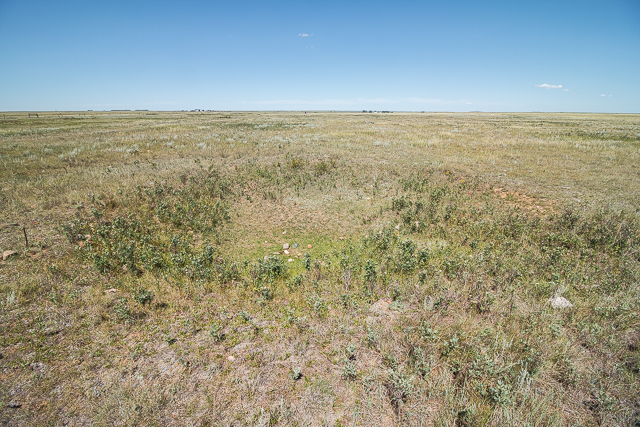
In Carolside you have to look hard – another building was here.

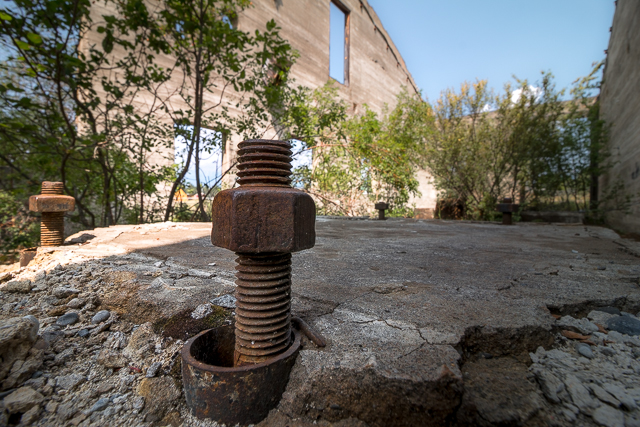
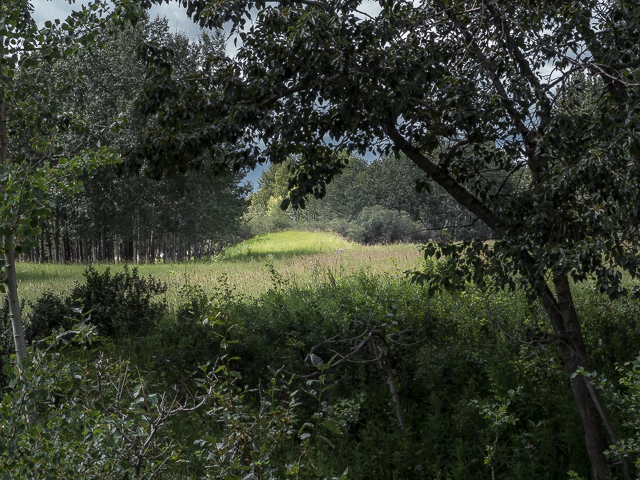
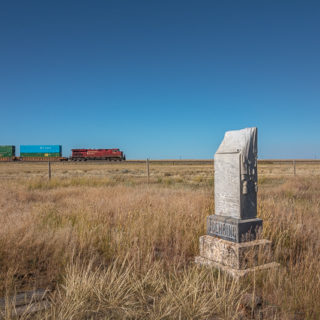
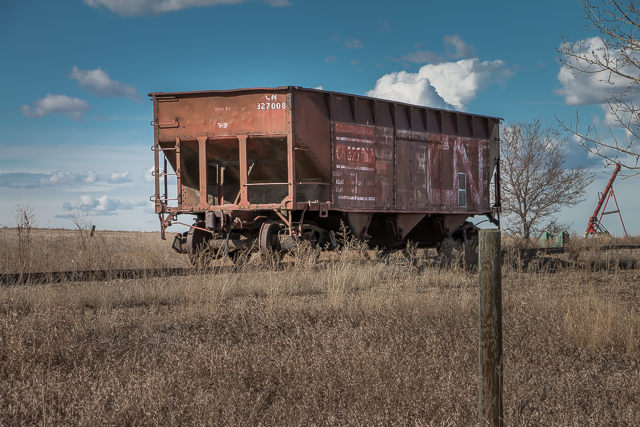
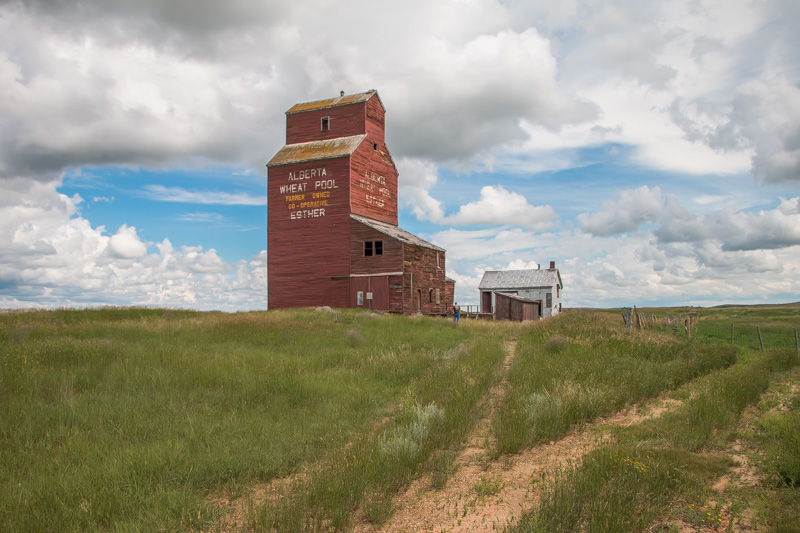
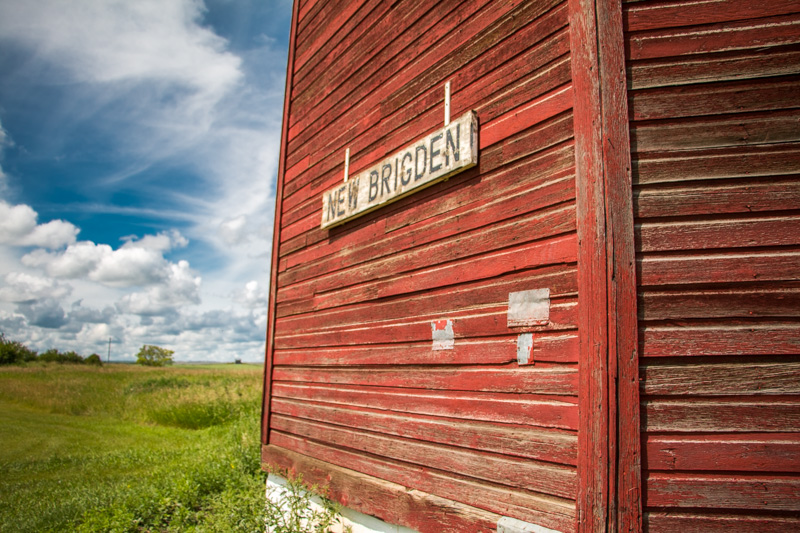
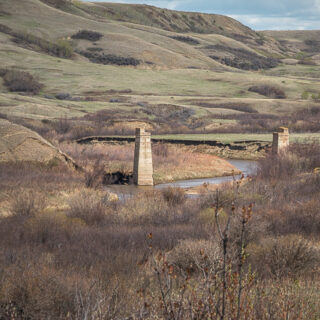
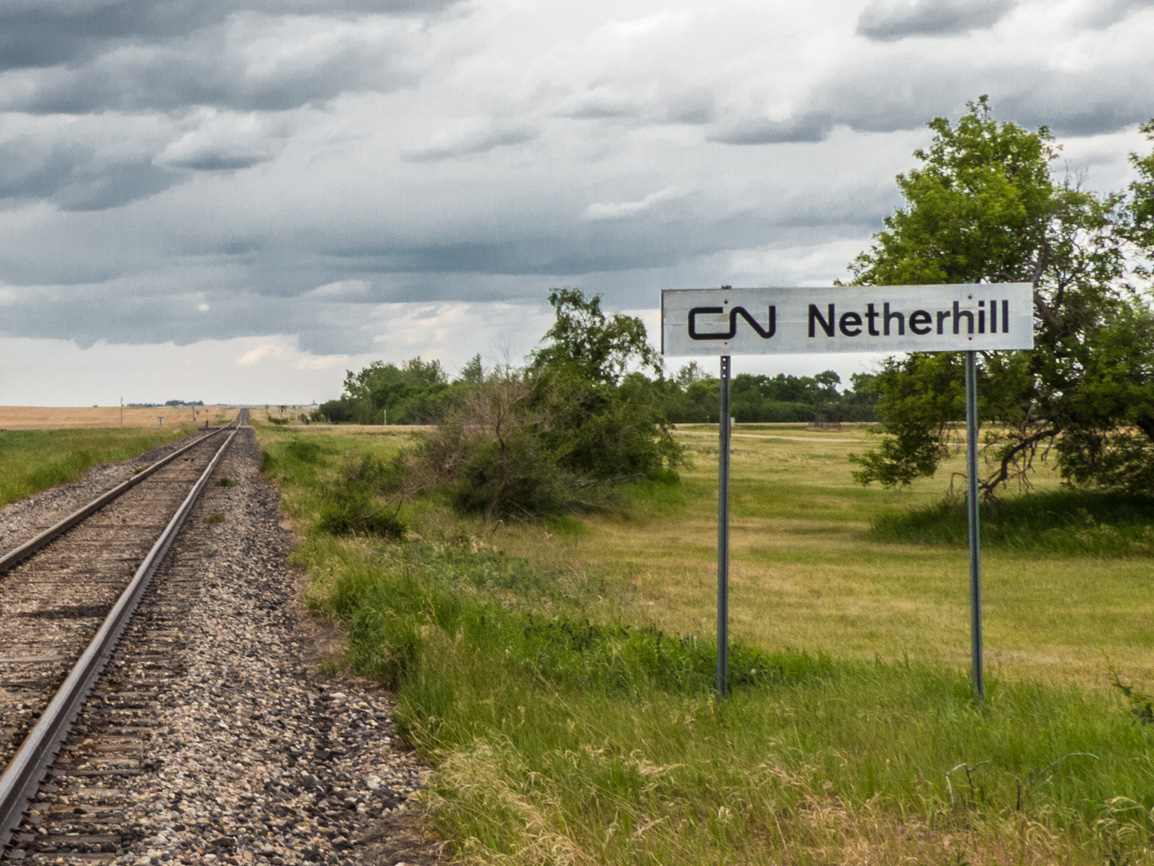
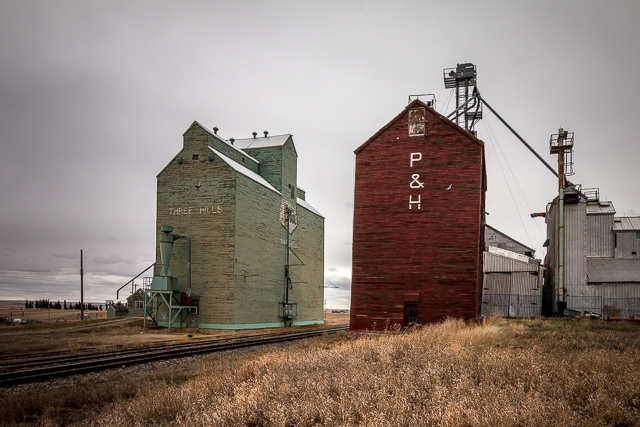
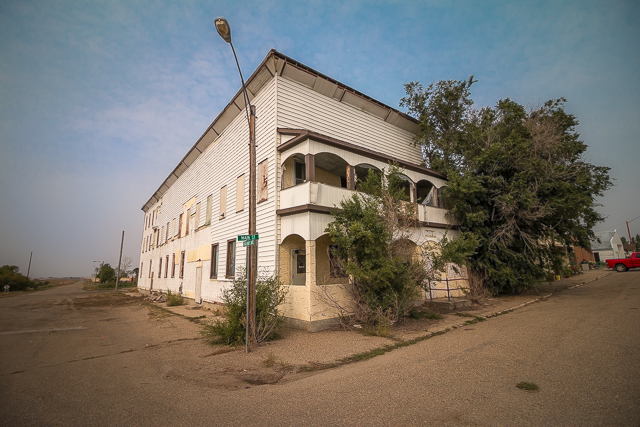
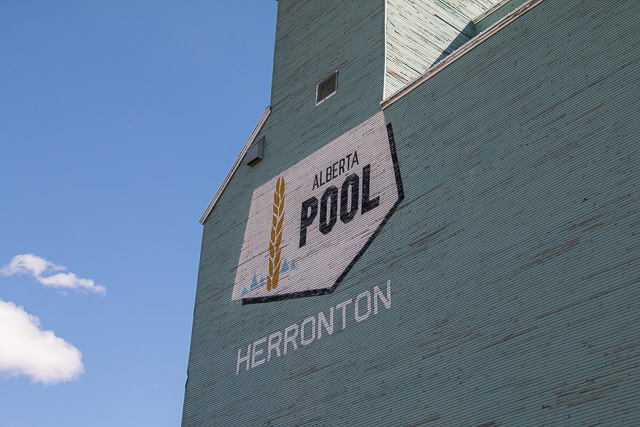
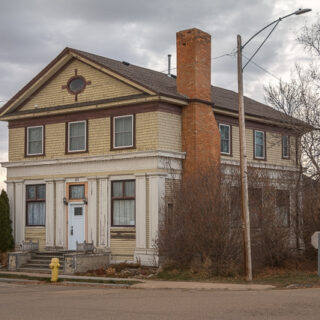







Sad. It is nice that you are keeping history alive for this community.
We’ll keep on it as long as we can.
Always informative.
Thank you!
Something about the Peavine that never ceases to draw me in. I don’t say it enough, I love your stuff! Y’all go all the places I want to go but never seem to find the time to. Thank-you 😊
Agree, the line has an interesting history! In fact, all old rail lines in general are magnet to us. Glad you like what we do. It’s our passion as you know.
Cool read ! Thanx for sharing !
Our pleasure. Thanks for taking the time to read it.
You guys write such great stories. Great read… thank you!
Thanks for saying that. It’s what we do.
Saddest place!
That’s Alderson.
Much like Charmian Sask.
Interesting, we’ll look it up.
Wonderful piece Chris. What I remember most about that day, other than the overbearing sadness of it all, was that it was hotter than the blazes of hell.
Thank you Johnnie! Yes, the heat was insufferable and is Kryptonite for Connie and I.
Carolside … that’s a new one to me. Thank you for the info!
We like the less known stuff. And you are welcome.
It hardly seems possible that everything would disappear!
Yet here’s Carolside, where amazingly almost everything has vanished.
Like it never happened! Proof of how transient and fleeting our lives really are. No wonder we value “ancient” structures.
Here and gone in the blink of an eye.
Neat! Close to my hometown of Beiseker, the Nightengale Line used to run from Irricana to Nightengale & Dunshalt, where it hooked up with another rail line that descended into the Drumheller Valley.
Nightengale, along with towns like Gayford (which was called Swastika before 1938) are long gone. The Nightengale Line is gone too, since the 1970s, though you can still clearly see the rail line on Google satellite imagery.
In spare time (haha, like we have that), we follow old rail lines too. BTW, we visited a farm that had a shed on the property that was the old Dunshalt Crew Bunkhouse.
Excellent read!
Glad you liked it.
Drove past here many times on the way to Drumheller.
Since there’s nothing left, you have to know it was there.
Interesting!
Thanks!
amazing what existed beneath our feet
I know. It’s as though the town was never here.
How neat! I have driven by it but never stopped at it. It is also remarkable that the streets are still visible online!
Google Maps does some weird things!